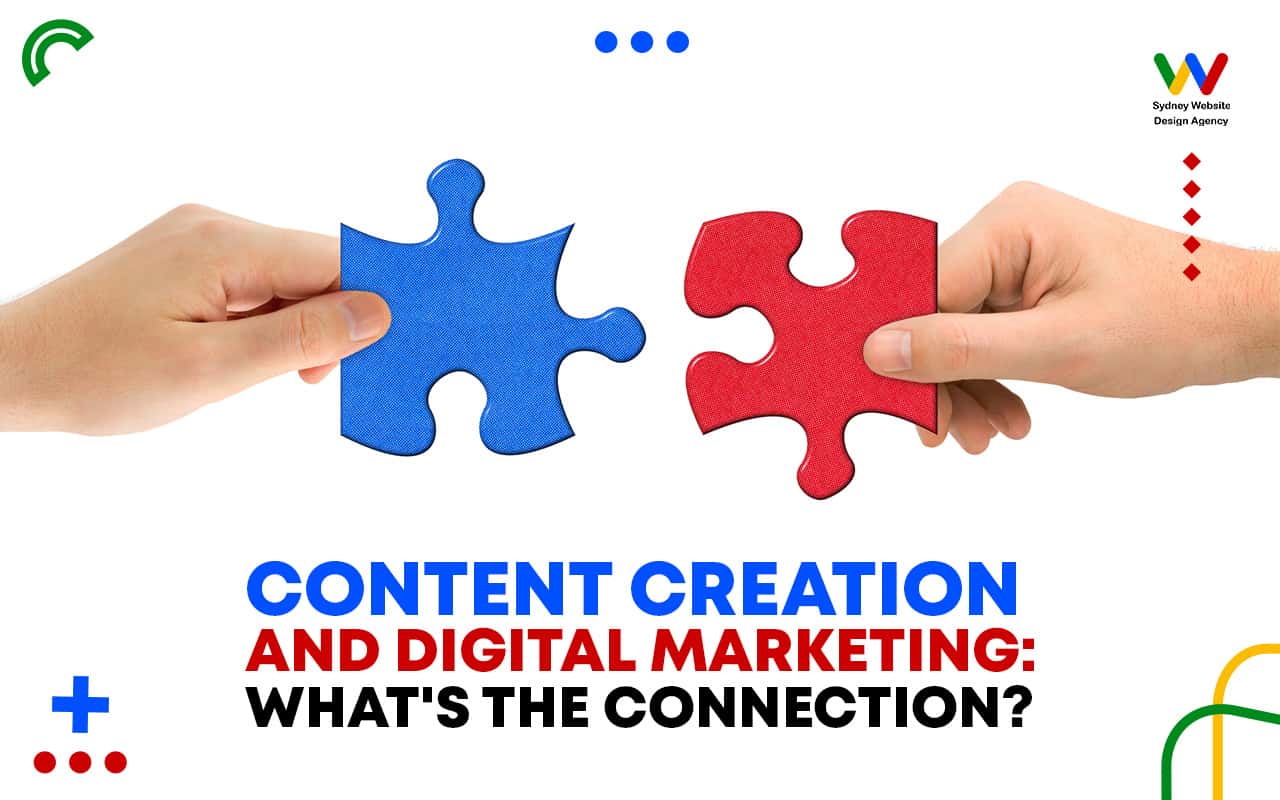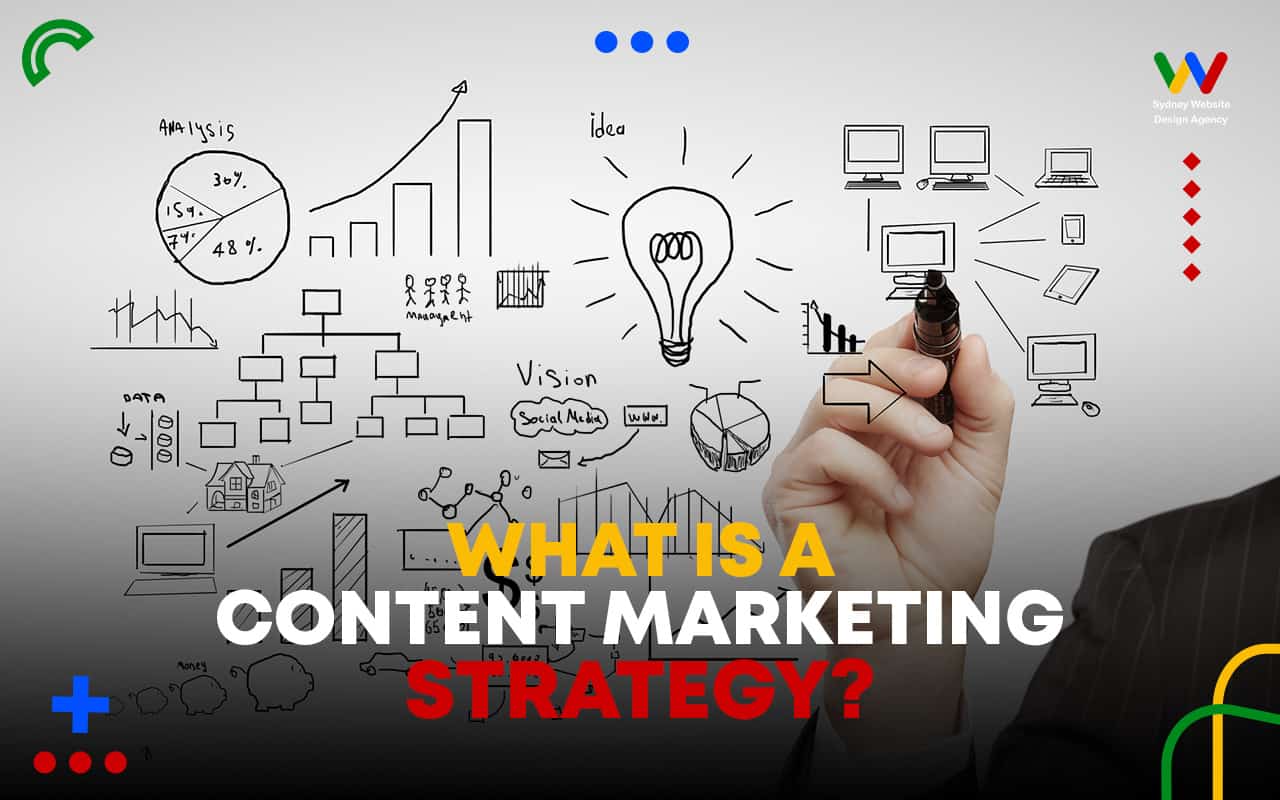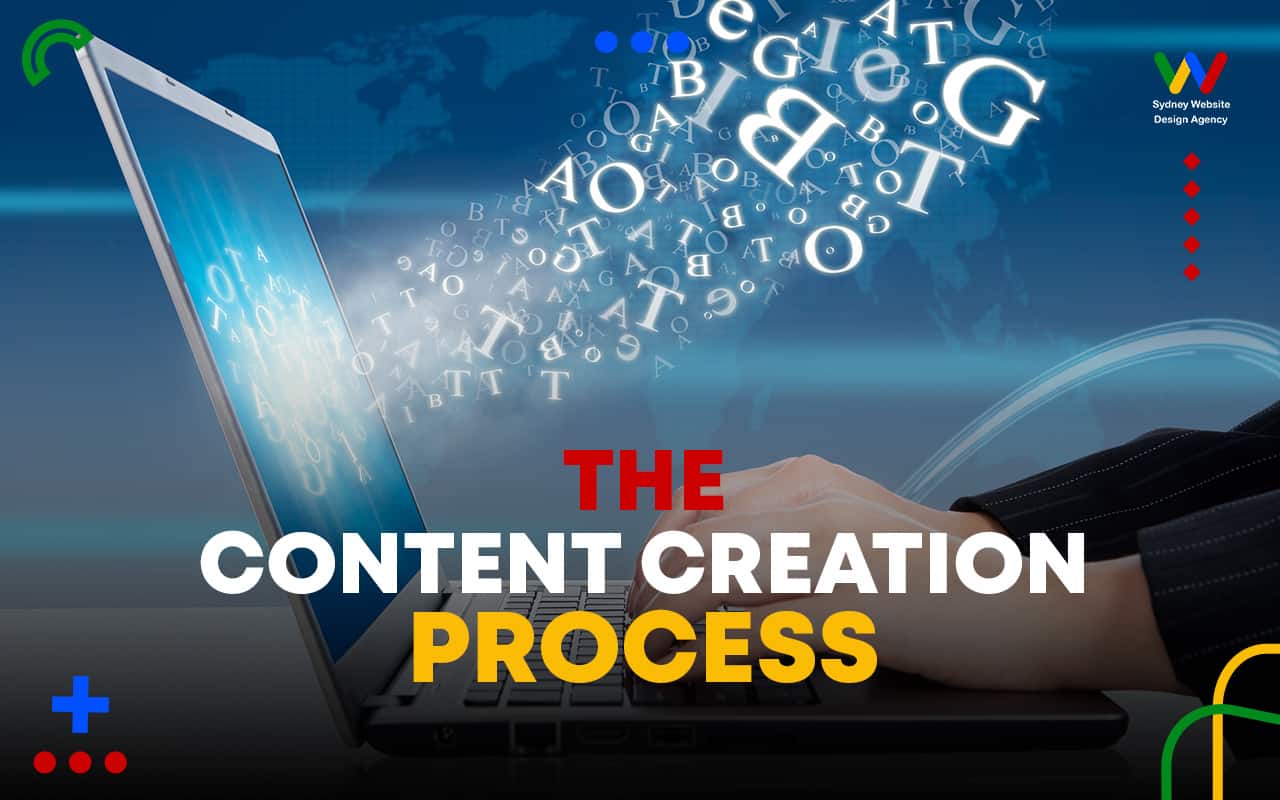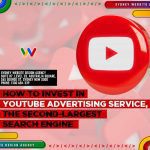Mastering Content Creation: A Guide to Copywriting for Targeted Leads Success
Unless you’ve been living under a rock, you know that content is king. But what does that mean for your business? How do you create content that engages your audience and drives results?
As a business owner, you should know that content is essential for attracting customers and driving traffic to your website. Even with a good product or service, you still need to help your audience who you are, what your brand is, and what you can offer. All of which are possible through content creation.
In this essential guide, we’ll walk you through the basics of copywriting, and show you how to create content with a tone that resonates with your audience.
Introduction
If you’re a business owner, content creation is likely one of the things you’re doing to attract more customers and grow your brand. But what’s the best way to create content that will convert? In this essential guide, we’ll share tips for copywriting that converts and killer content creation strategies that convert leads into sales.
Table of Contents
- Is Content Really Essential for Successful Marketing?
- Content Creation and Digital Marketing: What’s the Connection?
- What is a Content Marketing Strategy?
- Steps in Effective Content Planning
- The Content Creation Process
- Acquiring Content Ideas
- Creating the Content Calendar
- Optimising Your Content
- Content Creation Tools That Helps
- FAQs
Is Content Really Essential for Successful Marketing?

Yes, content is essential for successful marketing. It can help you capture attention, build trust, and create a loyal following.
Content is the foundation of a successful marketing strategy. It can help you connect with your audience, establish trust, and boost conversions. But creating high-quality content can be a challenge, especially if you’re new to the game.
The idea of doing comprehensive keyword research, formulating a content strategy, managing regular posting for website content, and keeping up with social media posts can be quite overwhelming.
Take this as an example. A blog post is a type of content that you publish on your website. But do you really need it when you can always post a video on YouTube or on your social media platforms?
Always remember that search engine result pages like Google always seek the best, most informative, and latest information that they can offer to their audience. They generate their SERPs based on the content that is available from different website content. Although Google loves video content as much as you do, content creation is still the first step to being able to create video content to be posted online.
For a more robust content strategy, the content creation process should involve three basic elements. First, a blog post or a landing page that you want your audiences to visit. The second is a video to supplement and engage your audiences back to your content. Lastly, a social media post to amplify the promotion of your landing page or blog post. So yes, content creation is very essential to get noticed on search engine results pages and to boost customer engagement.
If you’re not using content to market your business, you’re missing out on a powerful tool that can help you achieve success.
Content Creation and Digital Marketing: What’s the Connection?

There are several elements involved in a strong digital marketing strategy. It may be difficult to know where you should concentrate your attention when it comes to digital marketing. While each component of your online advertising campaign is essential for success.
One of the main goals of digital marketing is to build your brand. To achieve this, you need to connect and engage with your target audience. But what is the best way to do it? Through content. On top of acting as fuel to your marketing efforts, be it on social media, YouTube, or even in online advertisements, written content buildings your brand and brings you closer to existing customers as well as potential customers.
You can’t have a YouTube video without a landing page your audience can visit after the end of the video. The same is true with the content that you post on your socials. They all should lead somewhere on your website – a contact page, shop page, or your services landing page. Successful content creators understand the importance of the content creation workflow and the different avenues that makes your content more accessible to your audience.
There are a few other reasons why content creation is an essential tool in your digital marketing efforts.
Content informs your target audience
Your content gives them ideas about what your brand is, what you offer, and what others are saying about you. Content creation helps increase brand awareness. Providing them with information educates them in creating wiser purchasing decisions.
How will a potential customer know if you sell or service electrical appliances without content to explain what your business is all about? Your web content together with your blog article and other visual content introduces your brand to your audience.
Robust and comprehensive content increases your visibility
You created great content on your blog, incorporated the necessary keywords, and built links around it to help your blog position higher in search engines. It does not stop there. Content producers conceptualize and create video presentations explaining the product or featuring how it is used. You also post on social media featuring images that are excerpts from the content that you created or the video that you posted.
To continue marketing content to more people, you produce content related to your earlier videos, posts, and socials to continuously drive organic traffic to your web pages.
The efforts that you build around your content, be it in video, image, or text, is what makes your content more visible to your audience. These content strategies that you use also help in making it more visible in search engine results, generating more traffic for your website.
Quality content builds brand authority
Content creation, be it digital content or website content creation, helps establish your brand as a trusted resource for information in your industry. The more high-quality your article is, the more people will read it, build links around it, or even create new articles based on it.
This in turn helps build backlinks from an external website back to your content. A backlink does not only bring traffic to your website but also builds your brand’s presence and trust score online.
Digital marketing campaigns work parallel with content creation to provide brands with an outlet where they can engage and empathise with their audiences while creating a strong foundation for their brand’s identity.
content creation, meta description, relevant keywords, search engine, search engine optimization, search engine rankings, search engine results, search engine results pages, search engines, search results, seo content, seo content strategy, seo content writer, seo content writing, seo copywriter, seo copywriting, seo writing, target audience, web page, write content
What is a Content Marketing Strategy?

Content marketing is a strategy designed to create and distribute valuable, relevant, and engaging content to attract and retain a defined audience.
But what does that mean, exactly?
Content marketing is about more than just publishing blog posts or creating social media updates. It’s a comprehensive plan that takes into account your business goals, target audience, and overall messaging strategy.
By developing and executing a content marketing strategy, you can connect with potential and existing customers in a more meaningful way.
Through content, you can show them why your brand is the solution to their problem and ultimately build trust and credibility with the people who matter most to your business.
Steps in Effective Content Planning

When it comes to content marketing, quality is more important than quantity. It’s better to publish a few pieces of truly exceptional content than a bunch of mediocre blog posts.
If you’re ready to get started with content marketing, this guide will show you how to create content that converts.
The Content Creation Process

Define Your Goals and Objectives
The first step in any content marketing strategy is to define your goals and objectives. What are you hoping to accomplish with your content?
Some common goals for content marketing include:
1. Generating leads
2. Increasing brand awareness
3. Boosting website traffic
4. Driving sales or conversions
5. Engaging customers or followers
6. Creating loyalty or advocacy
It’s significant to be as specific as possible when setting goals for your content marketing strategy. This will help you measure your success and identify areas for improvement.
Understand Your Audience
Before you can create targeted, effective content, you need to understand who your target audience is. What are their needs? What are their pain points?
Your target audience should be at the forefront of your mind with every piece of content you create. Keep in mind that different types of content will appeal to different people.
For example, a how-to blog post might be perfect for someone who’s just starting out with your product or service. Someone who’s been using it for a while might be more interested in reading an in-depth case study.
Create Relevant and Valuable Content
Once you know who your target audience is and what they’re looking for, it’s time to start creating content. But not just any content–relevant and valuable content.
Your content should be closely aligned with your business goals and audience needs. It should produce results, whether that means generating leads or driving sales.
Distribute Your Content Across Multiple Channels
After you’ve created all this amazing content, it’s important to put a plan in place for distributing it. After all, what good is great content if no one ever sees it?
There are many ways to get your content in front of your target audience, including:
1. Social media
2. Email marketing
3. Blogging
4. SEO
5. Advertising
6. Public relations
The key is to mix and match different channels to reach your audience where they’re already spending their time.
Promote and Amplify Your Content
Once you’ve published your content, it’s significant to promote it to ensure as many people see it as possible. There are several ways to do this, including:
1. Sharing it on social media
2. Sending it out in email newsletters
3. Posting it on relevant forums or online communities
4. Guest blogging on other websites
Don’t be afraid to get creative–the more people who see your content, the better.
Measure Your Results and Adjust Accordingly
Last but not least, it’s essential to measure the results of your content marketing strategy and adjust accordingly.
Some things you might want to track include:
1. Website traffic
2. Lead generation
3. Sales or conversions
4. Social media engagement
By regularly measuring your results, you can fine-tune your strategy and ensure that you’re getting the most out of your content marketing efforts.
Content marketing can be a powerful tool for any business. By following these tips, you can create content that converts and achieves your desired results.
Acquiring Content Ideas

One of the challenging processes in content creation is finding the right topic to write about. By this time, it can be straightforward to assume that every topic about your industry has already been covered in the content available on your website or your competitor brand’s landing pages.
This is not true. As the needs of your target audiences change and as the industry change, the need for new content increases. As mentioned earlier, content ideas are endless as long as you understand who your audience is and what they need. Device your content creation process with your audiences in mind.
Here are some avenues where you can generate content ideas for your digital content creation needs:
News
The latest news in your industry can be your source of ideas for your content creation requirements. For example, if you’re a fashion blogger, you could keep an eye on the latest runway shows and post about the latest trends. If you’re a food blogger, you could keep track of the latest food trends and post recipes or restaurant reviews. By keeping tabs on the latest news, you can stay ahead of the curve and give your readers fresh content to read.
Research
Read about new research that has a considerable impact on your industry? Or did you recently finish on research that was translated into a product that you offer? This can be a source of content for your audience too.
Buzzsumo
Buzzsumo can help you find content ideas by showing you the most popular content on the web. You can filter by topic, website, or date range to find the most popular content in your industry.
You can also use Buzzsumo to track the most popular content from your competitors. This can help you gauge what type of content is resonating with your audience and adapt your strategy accordingly.
Quora
Quora is a great resource for finding new content ideas for your content strategy. You can find questions that people are asking on Quora, and then create content around those topics.
Your Competitor’s Content
Another great way to find new content ideas is to look at what your competitors are doing. See what kind of content they are creating, and then create something similar but better.
Creating the Content Calendar

Creating a content calendar for your brand can help you stay organized and on track.
Here are some tips to get you started:
First, decide what kind of content you want to create
This could include blog posts, social media posts, or even video content. Then, figure out how often you would like to publish new content. This will depend on your resources and audience engagement levels. There are many inspirations to help you through this, including the types of content of your competitors. Check which type of post they receive the most engagement with. You can get inspiration from these posts in creating your content calendar.
Next, start creating a list of topics for each piece of content
Think about what would be interesting or helpful for your target audience. Moreover, do not forget to do comprehensive keyword research. Incorporate these keywords into your content list. Remember that your content creation efforts should incorporate search engine optimisation too.
Finally, map out when you want to publish each piece of content
Again, this will depend on your resources and audience engagement levels.
Creating a content calendar can help you stay organised and on track with your content marketing strategy. By following these tips, you can ensure that your content is engaging and informative for your target audience.
Optimising Your Content
It’s no secret that SEO is a powerful tool for businesses looking to improve their online visibility.
However, what many people don’t realise is that simply creating content isn’t enough to guarantee success. To see the effects of SEO, you need to optimise your content in a specific way.
Here are a few tips on how to get started:
Focus on Quality over Quantity
One of the most important things to remember when optimising your content is that quality supersedes quantity every time.
Instead of churning out a large volume of low-quality content, take the time to create pieces that are truly valuable to your audience. Paying attention to detail and ensuring that your content is well-researched and well-written will go a long way in helping it rank higher on search engine results pages.
Make Use of Keywords
In order for your content to be found by people searching for information related to your business, you need to use keywords.
Keywords are the words and phrases that people enter into search engines when looking for something. Incorporating relevant keywords into your content will help it show up in search results when people are seeking information related to those keywords.
However, it’s essential to use keywords sparingly and organically throughout your content. Stuffing your content full of keywords will not only make it difficult to read, but it will also cause search engines to penalise your site.
Create Compelling Titles and Meta Descriptions
The title and meta description of your content are two important elements that can help you rank higher on search engine results pages.
Your title should be attention-grabbing and relevant to the content of your piece. It should also include keywords that you want to rank for.
Your meta description is a brief summary of your content that appears below the title on search engine results pages. Similar to your title, your meta description should be interesting and relevant, and it should also include keywords.
Both your title and meta description play a role in helping people decide whether to click on your content. As such, it’s significant to put some thought into them when optimising your content for SEO.
There are many other factors that can affect your content’s ranking on search engine results pages. However, these are some of the most critical things to keep in mind when optimising your content for SEO. By following these tips, you can help ensure that your content is more visible to your target audience.
Content Creation Tools that Converts
Content creation is a vital part of any marketing strategy. To be successful, you need to create content that resonates with your target audience. The appropriate tools can help you to produce content that is creative, intriguing, and engaging.
There are many online tools that can help you with content creation. Some of the most popular tools include:
BuzzSumo
This tool allows you to see the most popular content across all social media platforms. You can use this information to create content that is likely to be popular with your target audience.
Google Keyword Planner
This tool helps you to research the keywords that are most relevant to your business. You can use these keywords to create content that ranks highly in search engines.
CoSchedule Headline Analyser
This tool analyses your headlines and rates them based on their ability to drive traffic and engagement. This can be extremely helpful in creating headlines that will grab attention and encourage clicks.
Quora
This platform is a great resource for identifying relevant topics to write about. You can browse questions and answers to get ideas for content that would be valuable to your target audience.
Canva
This online platform provides a range of tools for creating visually appealing content. Whether you need to create an infographic, a social media image, or any other type of graphic, Canva can help you to do it quickly and easily.
Content creation is an essential part of any marketing strategy. By using the right tools, you can produce content that is creative, engaging, and valuable to your target audience.
Content Creation Frequently Asked Questions
How can I start creating content that resonates with my audience?
What makes someone a successful content creator?
How do I improve my social media content creation?
Why is SEO content creation important for content marketers?
How can I effectively promote my social media content?
What role does video scripts play in content creation?
How do content creators build a strong personal brand?
What are some valuable insights for staying motivated in the creator economy?
This FAQ should give you a solid foundation to start or refine your journey as a content creator. Whether you’re focusing on social media content, SEO content creation, or building your personal brand, these insights will help you create and promote content that truly resonates with your audience.
High-Quality and Engaging Content from SWDA

If you’re looking for content creation tools that will help you convert more prospects into paying customers, you’ve come to the right place.
At Sydney Website Design Agency PTY Ltd., we pride ourselves on offering a suite of powerful content creation tools that are easy to use and deliver results.
From blog posts and articles to e-books and white papers, our team of experienced writers can help you create content that resonates with your target audience and drives results.
If you’re ready to take your content marketing to the next level, contact us today, and let’s get started!



















































